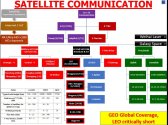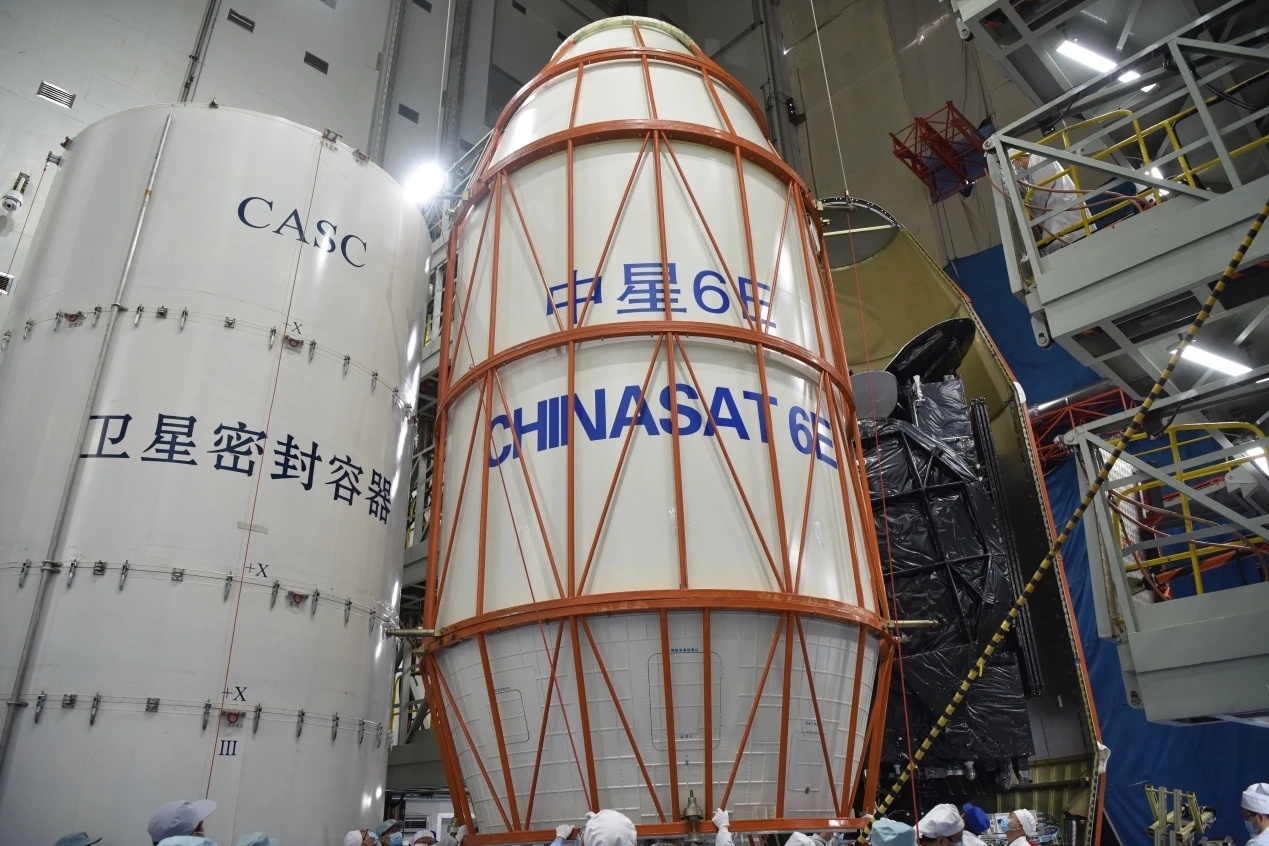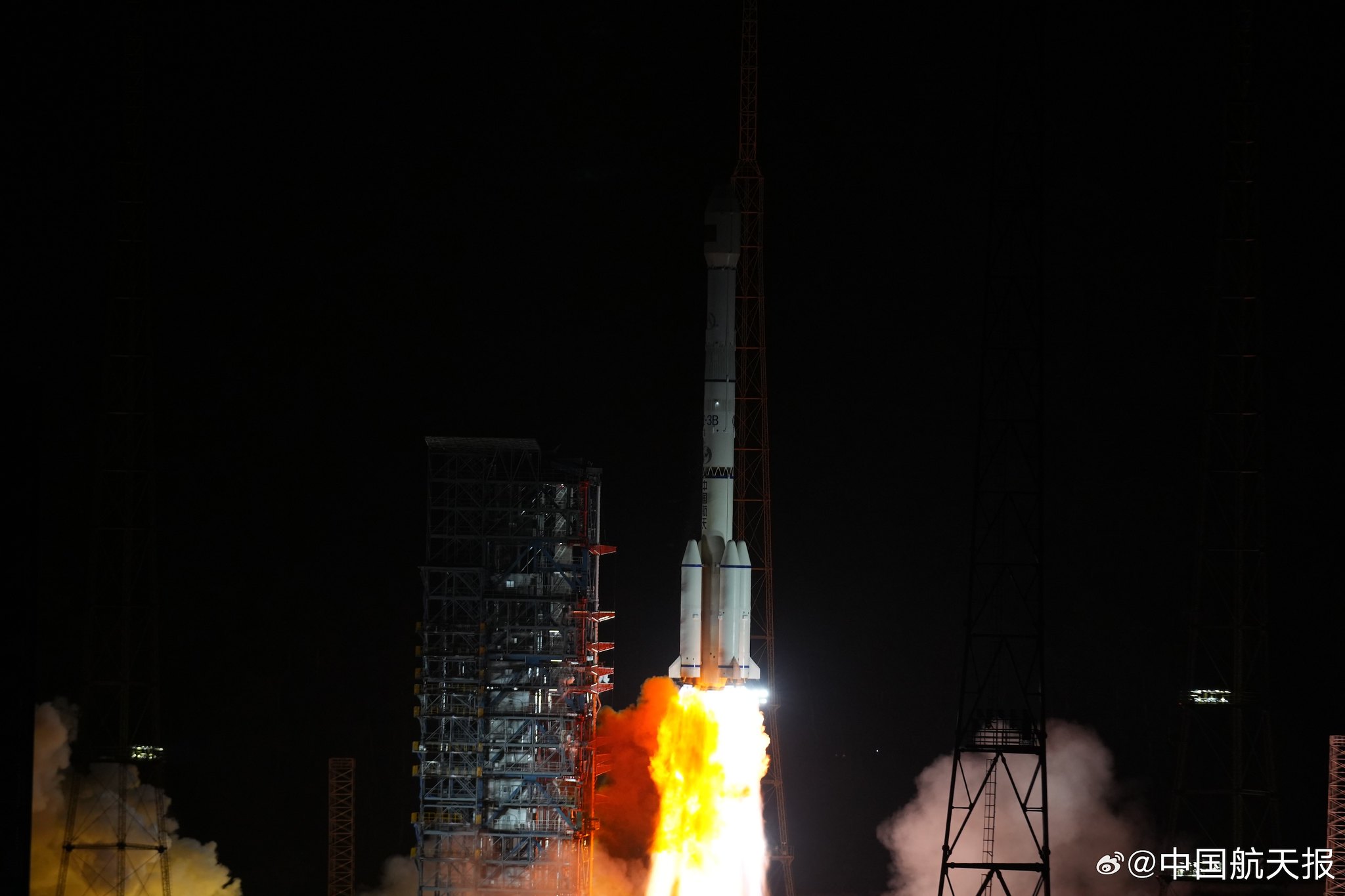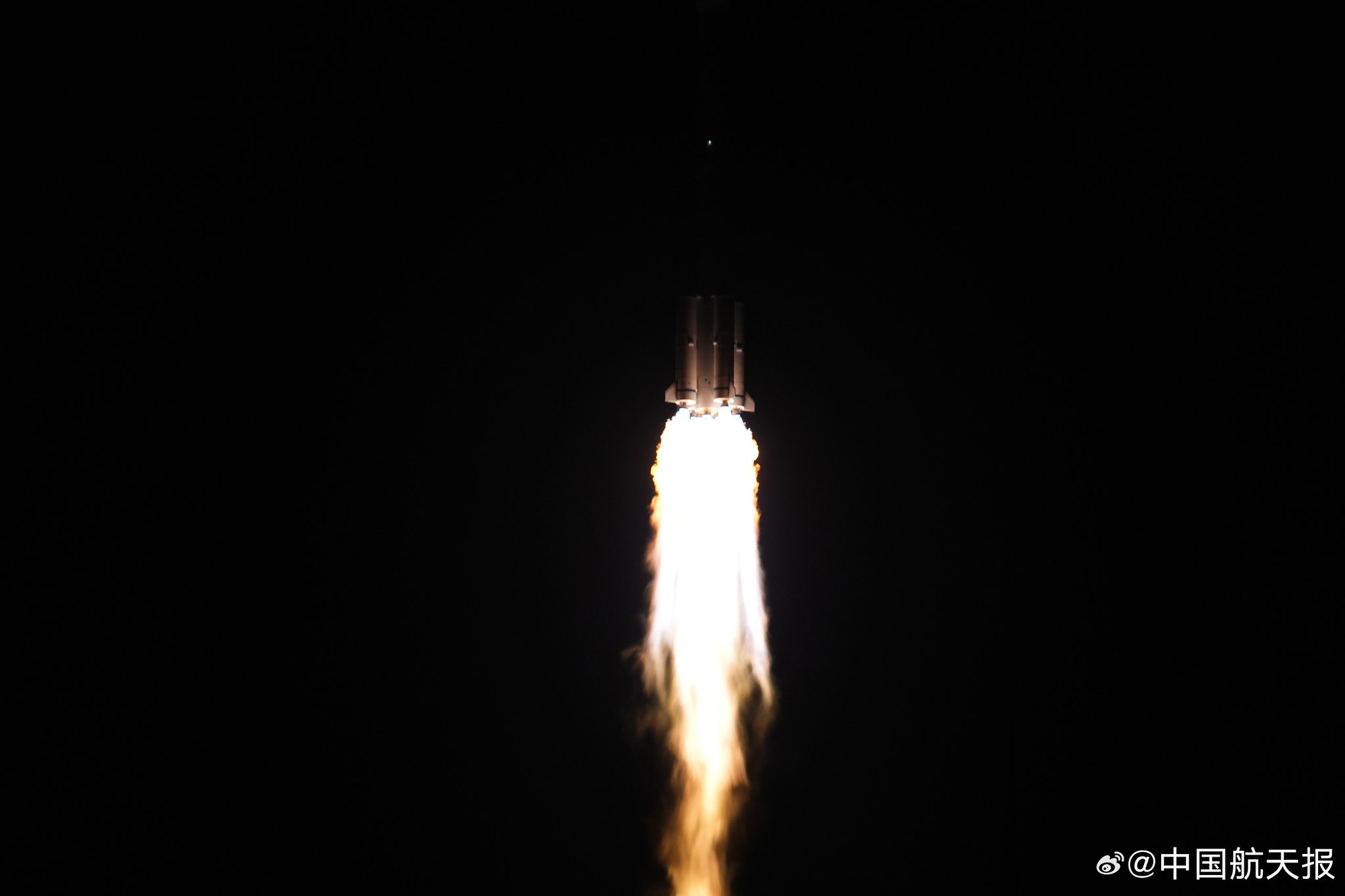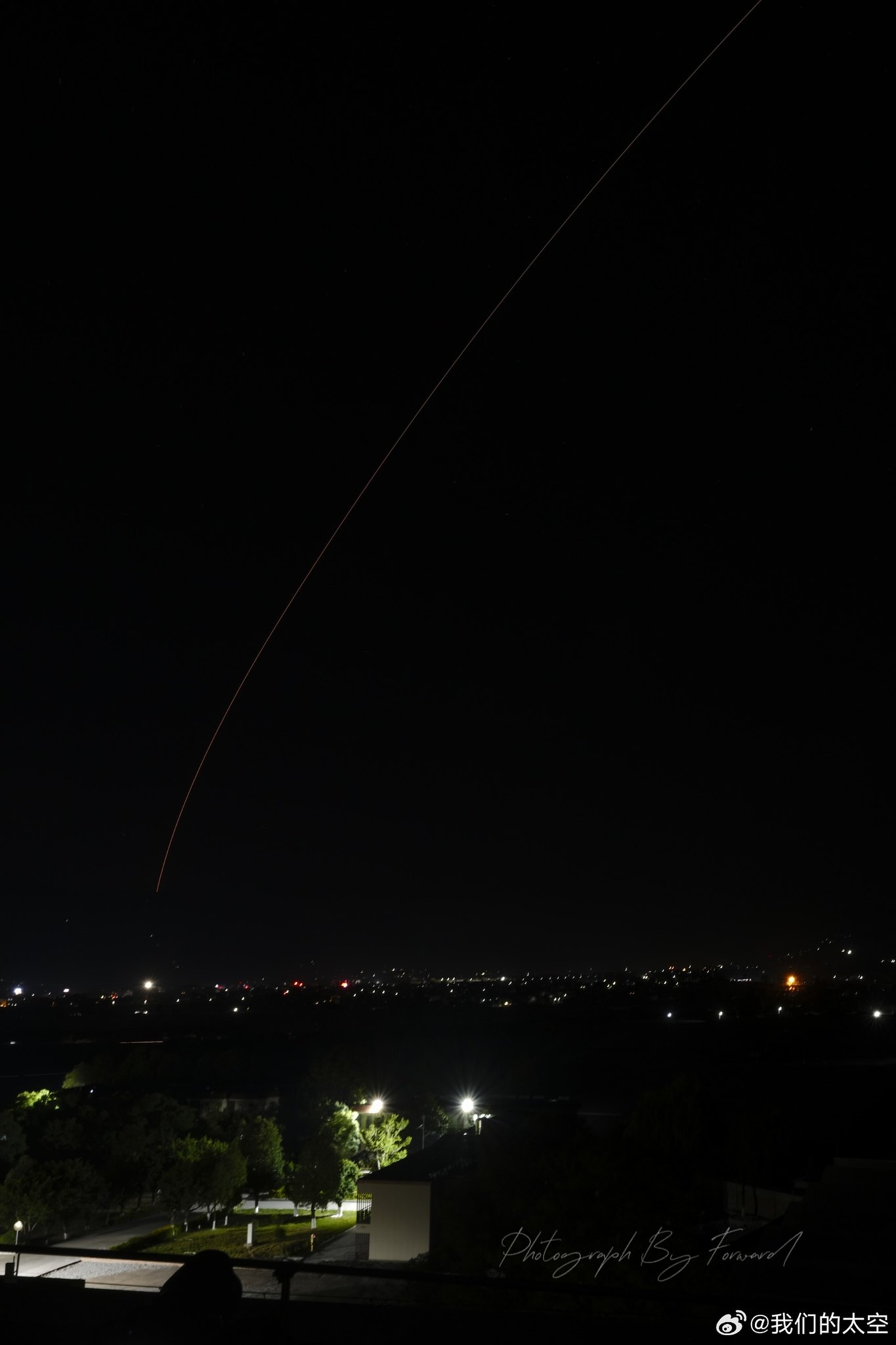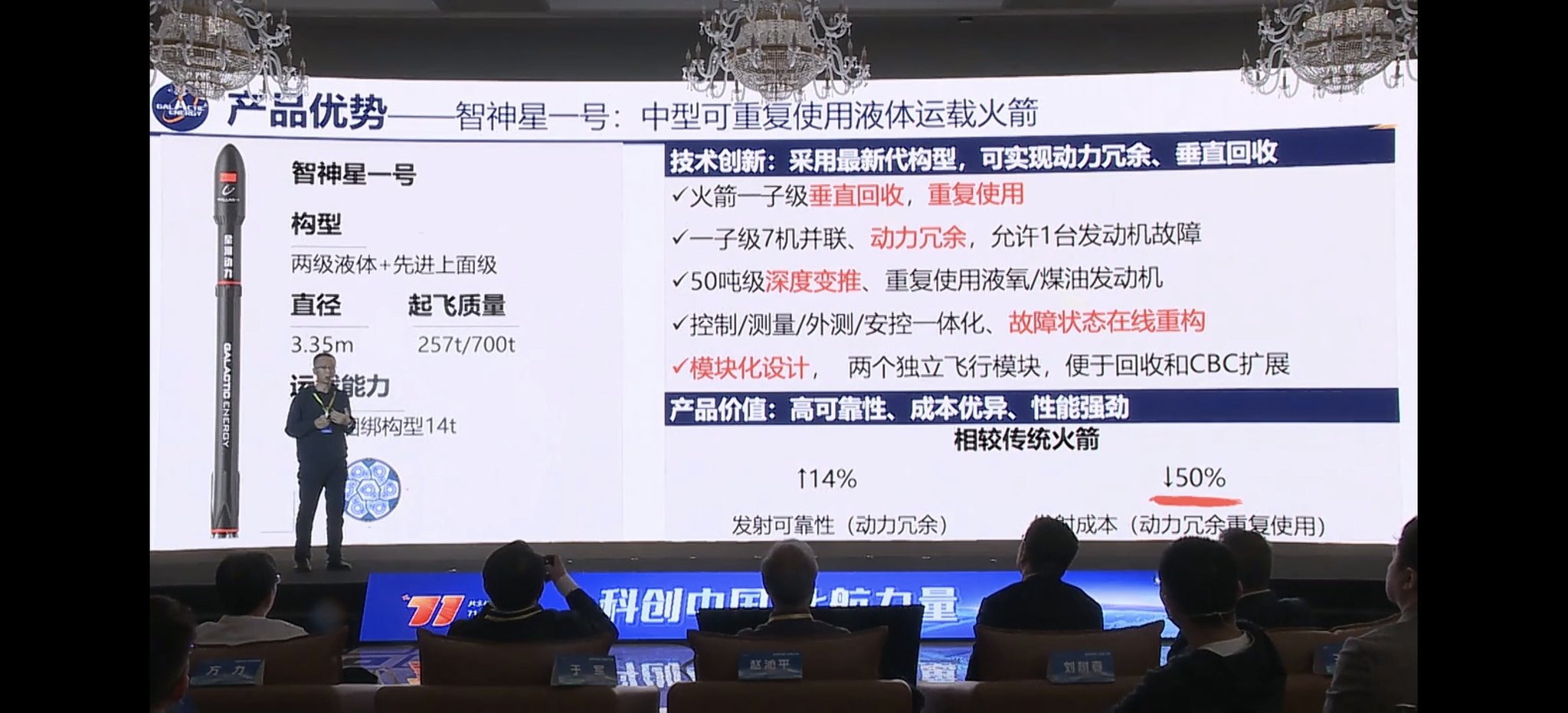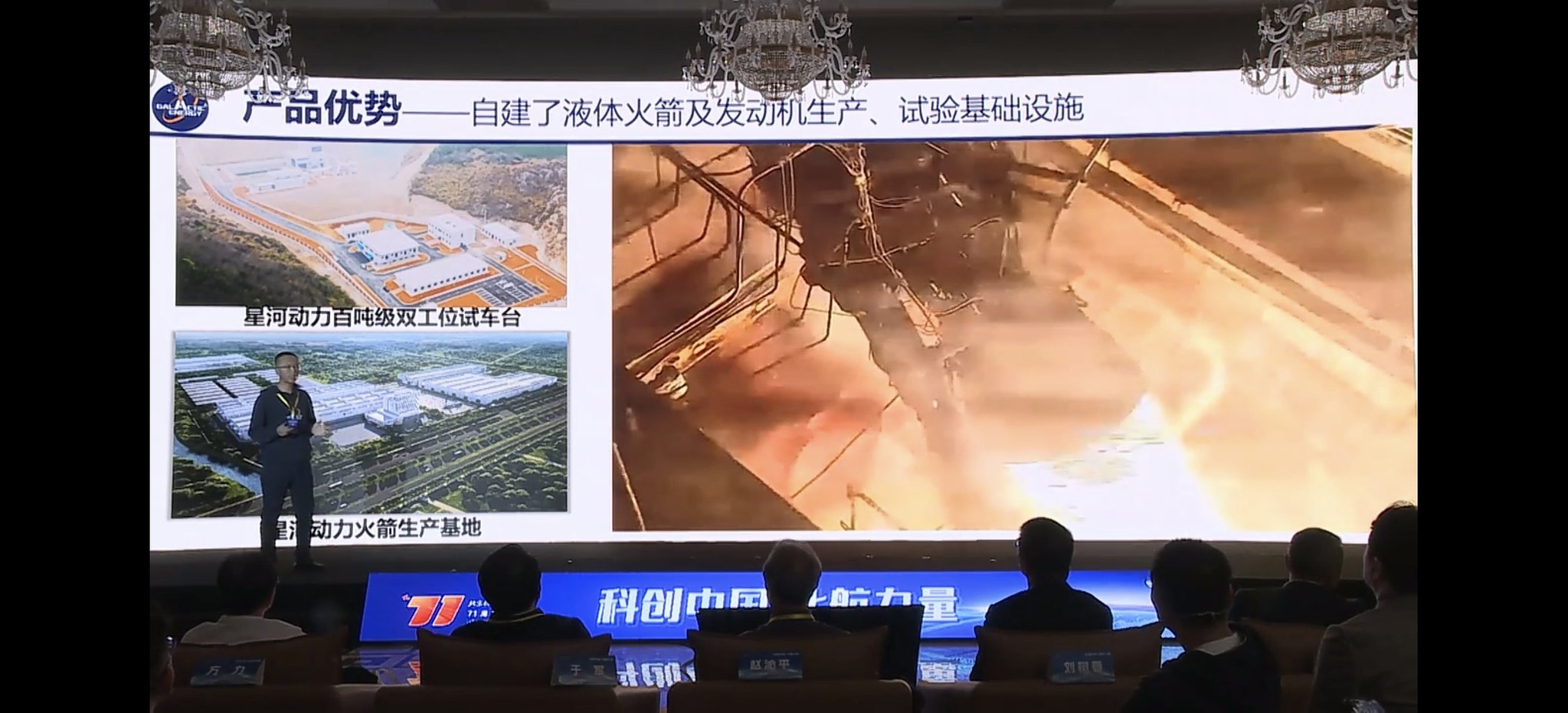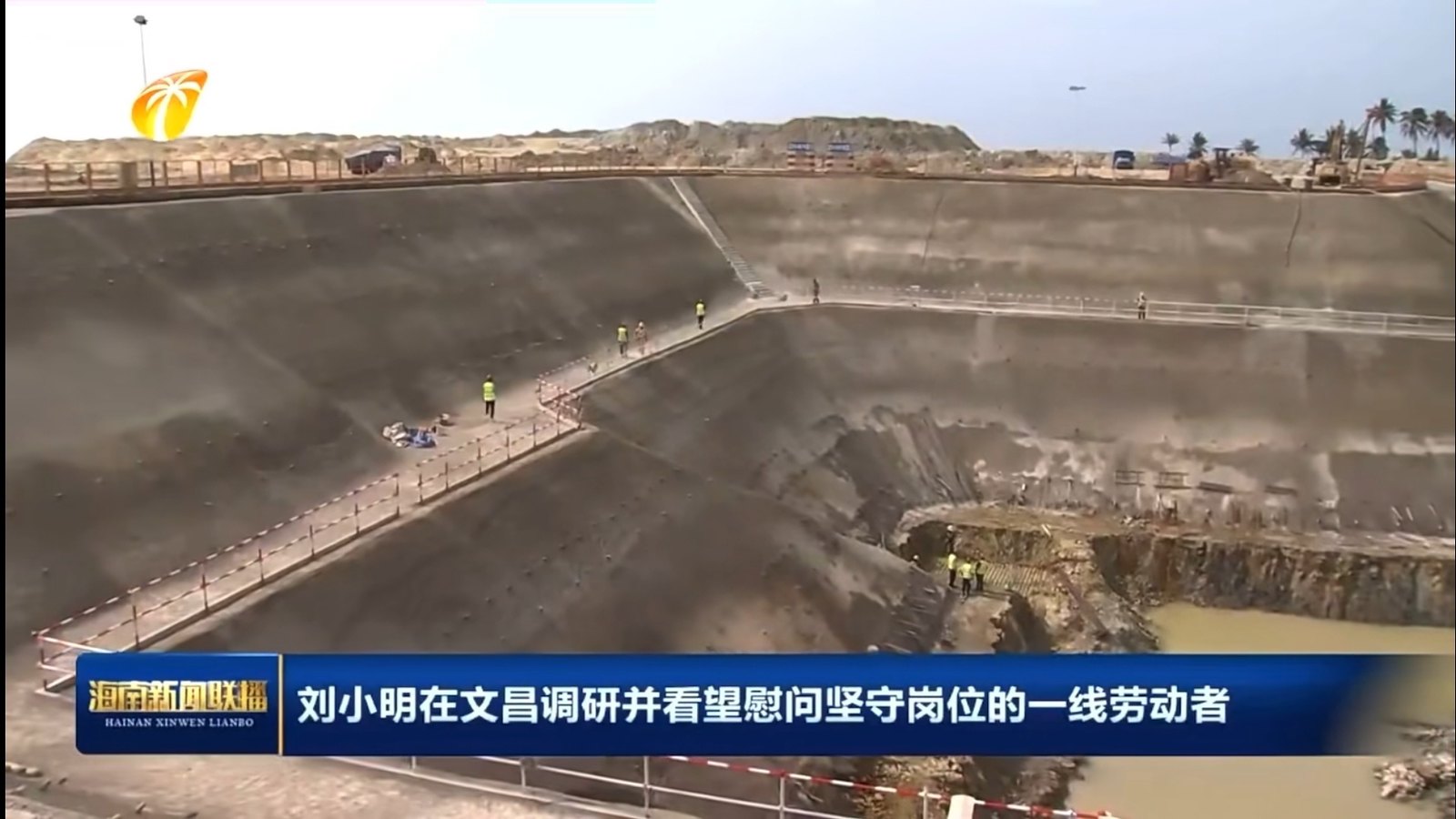And yet the FH can still take much more payload to LEO and is a lot cheaper while doing so. What is your point with this? You're pointing out the one slight advantage that the LM5 has over the FH while ignoring everything else. Just look at the launch rate of the FH compared to the LM5 and it tells you everything you need to know.
Someone answered this, so I won't say more
This website cannot upload large PDF files.
If you understand my information, you will know that the new generation of carrier rocket production plants currently established by China Aerospace are more advanced and automated rocket production and assembly plants than NASA/Boeing/Lockheed Martin/SpaceX/Blue Origin and other carrier rocket production plants.
Flexible assembly requirements allow for efficient hybrid assembly of R&D and batch production product lines, and efficient customization of various required parts.
SpaceX has now discontinued production of the Falcon 9 (the Merlin 1 series engine was discontinued two years ago), and the production of the Starship is now manual. His factory is designed for mass production on a single production line.
Chinese carrier rocket manufacturers not only produce one type of rocket, but even winged rockets.
One big difference. The LM10 is coming out in 2027. By then, Starship might already be flying regularly...
The current starship is only half a heavy carrier rocket design.
Its cargo warehouse is closed, and it is very difficult to unload the payload. Currently, Starship can only unload two 1-ton Star Chain v3 satellites at a time. The single load deployment capability is currently not as good as even F9.
Starship's cargo hold is extremely difficult to open, and currently it is generally confirmed that the maximum designed cargo hold area before 2030 is approximately 7.5x8 or 8x6.5. In this area, the normal space load released at one exit is only 10-20 tons.
Nowadays, the arrow body of a starship dare not have large openings. The clam style warehouse only has a concept, and the actual design has not started.
So Starship proposes designs such as integrated space stations and integrated astronomical telescopes.
You need to understand why he has to design like this, so he won't give the entire Starship a high rating.
If you look at Starship's change from centrifugal separation to thermal separation, you'll see how far their design is going. The rockets have all made their first flight (failed). The separation plan between the first and second stages of the rocket can still be made with such significant modifications. You know that his heavy load separation and orbit insertion technology has not been planned or considered at all. In fact, load separation technology is a crucial technology in rocket design. Do you think a load of 100 tons can be separated if you want to?
The integrated design of Starship's rocket stage 2 and cargo warehouse has greatly reduced the structural design difficulty of the entire launch vehicle by an order of magnitude. Because traditional rockets cannot be rigidly connected, the mathematical processing basic models of second-order inverted pendulums (starships), third-order inverted pendulums (CZ9A), and fourth-order inverted pendulums (CZ9) are completely different.
NASA actually needs a heavy-duty launch vehicle design similar to the CZ9/LM9.
You can't throw payloads and despise loads that are too wide, too long, and too large. What's the use of that?
So on NSF recently, multiple posts have been discussing how to convert a starship into a consumable upper level design of CZ9/LM9, focusing on SLS alternatives. Considering that the earliest project launch date is 2027 (as an alternative to SLS), the CZ9 version of the Starship may not make its first flight until after 2030 or even 2035.
As for the Starship version of HLS, if NASA had confidence in it, Blue Moon would not have won the bid. The new NASA deputy director in charge of the HLS project, Jim free, has publicly stated that they prefer lunar lander designs that are not very high or large in height. The aspect ratio of the starship HLS is 5:1, and the blue moon is 2:1.
I would also like to inform you about the lunar South Pole landing area scheduled for the starship HLS, with an average slope of 10 degrees.
The starship is still very heavy. The heavier the landing, the greater the difficulty. Because the landing ground has not been hardened. There is not a reinforced cement ground with an average hardness of 11 and a slope of 0, but a sand and gravel ground with a slope of 10 degrees and a surface hardness of only 6
If true that just seems stupid and shortsighted.
Don't think too much.
The Chinese space launch market is isolated from the international market.
Whether Starship/SLS is good or bad has little to do with China.
NASA relies too heavily on commercial rocket companies for space operations, basically declaring that after 2035, the United States will no longer be able to compete with China in the space industry.
Why do you think the United States was able to win over the Soviet Union in the last space competition. In fact, the United States used the national system to compete with the Soviet Union. The national system refers to state-owned management. The national space resources are mobilized by the state. Due to issues such as overspending on SLS in the United States, half and many people in NASA are now planning to dismantle the US aerospace industry under the protection of members of Congress.
I'll tell you, the entire American aerospace industry has over 200000 practitioners, with SpaceX currently having 12K people and Blue Origins having 6K people. If NASA and Congress do not guarantee Boeing, Lockheed Martin, and the subsequent contractor system (30000). At least 50% of the US aerospace industry will be unemployed, and SpaceX is the best, which means raising 50K people. Other American aerospace startups will hover on the brink of collapse.
In fact, this will be a disaster for the United States' space capabilities. SpaceX only covers 30% of the space launch technology field.
The United States is strong in aerospace, not just in one enterprise or one technology field, but in all fields. The United States has reserves in all areas of technology that you know and don't know. These have always been supported by the state with money. Now the United States needs to shake off its burden and immediately send these enterprises and technology basic research teams to the market to die. China Aerospace will probably die of laughter.
Finally, the total employed population of China's aerospace industry is approximately 300K. It is because personnel cannot be supported by the state that commercial aerospace is opened up.

